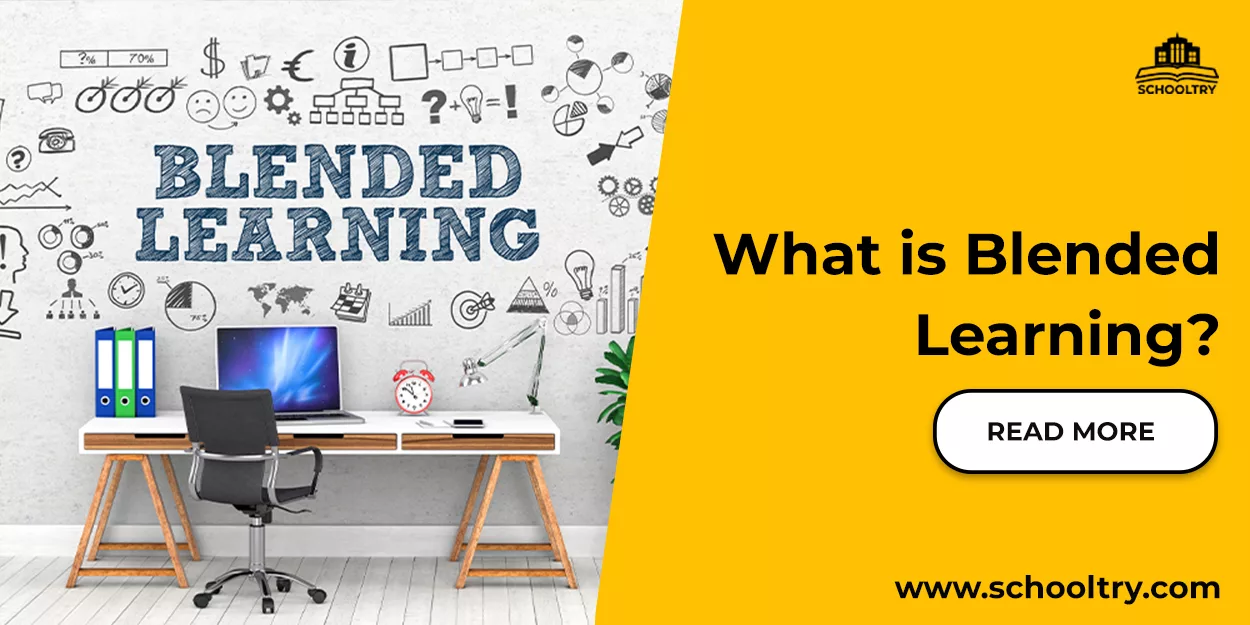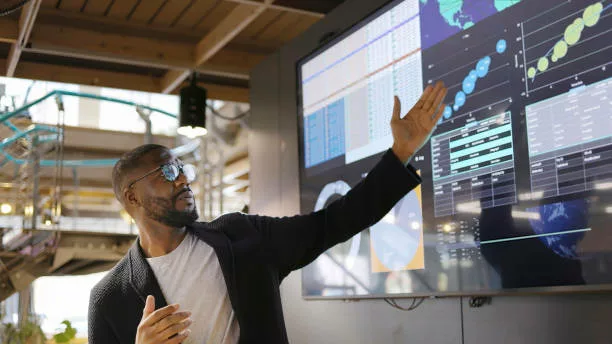What is Blended Learning? This is a question that has become more common among young learners. And any form of learning that involves both the use of online materials from technology as well as the use of traditional or face to face ways of teaching is a blended form of teaching.
So now, In a more explicit way, What is Blended Learning?
Blended learning or hybrid learning, also known as technology-mediated instruction, is an approach to education that combines online educational materials and opportunities for interaction online with physical place-based classroom methods.
Blended learning requires the physical presence of both teacher and student, with some elements of student control over time, place, path, or pace. While students still attend brick-and-mortar schools with a teacher present, face-to-face classroom practices are combined with computer-mediated activities regarding content and delivery. It is also used in professional development and training settings.
Additionally, a 2015 meta-analysis that historically looked back at a comprehensive review of evidence-based research studies around blended learning, found commonalities in defining that blended learning is a combination of physical f2f [face to face] modes of instruction with online modes of learning, drawing on online instruction, where all participants in the learning process are separated by distance some of the time.”
History of Blended Learning
Technology-based training as an alternative to instructor-led training in the 1960s on mainframes and minicomputers. The major advantage that blended learning offers is scale, whereas one instructor can only teach so many people.
One example is PLATO (Programmed Logic for Automatic Teaching Operations), a system by the University of Illinois and Control Data. However, PLATO in particular had a long history of innovations and offered coursework from elementary to the college level..
Furthermore, In the early 1990s, CD-ROMs were the dominant form of providing technology-based learning as bandwidth. This is because the 56k modems weren’t able to support very high quality sound and video. However, The limitation to CD-ROMs was tracking completion of coursework, so learning management systems emerged as a way to facilitate progress tracking. The aviation industry used this heavily to track how well one did on courses, how much time was spent, and where someone left off. AICC, Aviation Industry Computer-Based Training Committee, was formed in 1988 and companies such as Boeing used CD-ROMs to provide training for personnel.
Modern blended learning is delivered online, although CD-ROMs could feasibly still be used if a learning management system meets an institution’s standards. Moreover, Some examples of channels through which online blending learning can be delivered include webcasting (synchronous and asynchronous) and online video (live and recorded).
Importance of Blended Learning
01. It is Cost Effective:
Blended learning allows students to access materials and complete coursework online. This makes it easier for them to save money and cut costs on buying hard copy textbooks and materials.
02. It promotes Engagement:
Incorporating technology into learning can increase student engagement through interactive and multimedia content. Moreover, This variety can cater to different learning preferences and increase students’ quest for knowledge. This however will also promote and encourage students engagements.
03. It is very Efficient:
Blended learning can optimise the use of classroom time for activities that benefit most from face-to-face interactions. However such discussions, hands-on projects, and peer collaboration, makes learning more effective. Although some students might not understand the benefits of blended learning. However, once they see how efficient and effective it is they will become eager to learn.
Conclusion
This form of learning represents a major transition in the education system. Since it merges the traditional classroom’s structure and social interaction with the flexibility and accessibility of online learning. This educational approach offers several benefits, including engaging learning experiences, accessibility to resources and materials. By allowing students to work at their own pace and style. It also acknowledges and accommodates the diverse learning needs and preferences that exist within any group of students.
Moreover, This makes education more accessible to a broader audience. The integration of technology not only prepares students for a digital future but also enables a more interactive learning experience suitable for individual needs.
Are you a school owner/administrator and you need a web solution to automate your school work. Click here to sign up for free.



